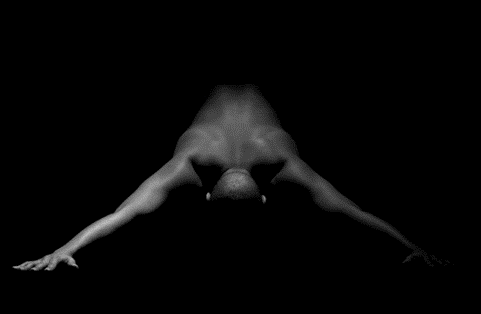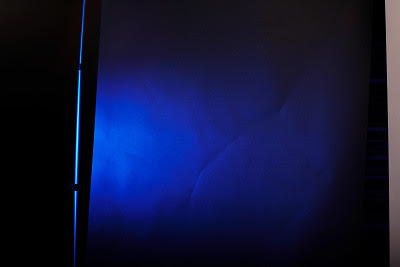
There are many concerns that you should have when you use tables in your web site design. One concern that is overlooked quite often by well-meaning designers who are trying very hard to use 'white-hat' methods is accidental spamming.

Accidental spamming occurs because tables allow you set a background for each cell. Many designers use this feature to set the cell's background color rather than setting the entire page's background color.

Lets use the example of a page with a typical white background color and a table. The designer sets the background color of one of the cells to red and then used white text for users to read.

While the site's visitors may have no problem reading the text in the cell, the text inside the cell is the same color as the main page background. A search engine's spider may consider it spamming because the designer is trying to use the same color text and page background. You have to remember that the spider is just a machine and may be coded to think that the designer is trying to hide the text! This may cause your site to be penalized pretty severely.

But I like the way my site looks! After taking a look at your site(s) you may find that you may be accidentally spamming the Search Engines. If you want to keep the same look and feel and avoid the possible penalty to your rankings, use CSS instead

Clipping out the background of an image is a tedious job but the results are awesome. I clip out about 60 backgrounds a week and boy does it get boring. I use to clip out backgrounds by taking the polygonal lasso tool and selecting the edges of the of the object I was going to keep and then inverting the selection. By doing this the results gave a very rough edges. When I placed them on a document for print or for the web you could still see the background in some areas of the image. To fix this problem I created a technique that leaves the image with a soft blended edge. This technique takes a lot of patients but you will be pleased with the ending results. This technique is using Adobe Photoshop 7.0 and above.

First, you will begin by choosing an image that you would like the background clip out. Open it in Photoshop.

Next, Make the background a layer and name it "image" then make two separate layers and place them behind the image layer. Fill one of the layers with black and the other with white. It doesn't matter which one is black and which one is white because these layers are used to see the darker and lighter areas of the objects edge.

Now, select the Lasso tool from the tool bar and trace the object you are going to keep. NOTE: Do not select the actual edge of the object. Go out about 8px to 10px from the edge. When you are done invert your selection and hit delete. You will now notice your background is either black or white. Depending on the darkness of the edge you will have to determine which background layer to use. I usually start with the black and switch back and forth with the white.

Okay, you are now ready to erase the rest of the background. Select a size 45 soft edge Eraser tool and make the brush size 10px. Start erasing the access background about the same area you began tracing the object with the Lasso tool. You can use your shortcut key [ or ] to size the Eraser tool up or down. Size the eraser tool to 5px and again run the tool along the edge of the object until you see the background erasing before your eyes.